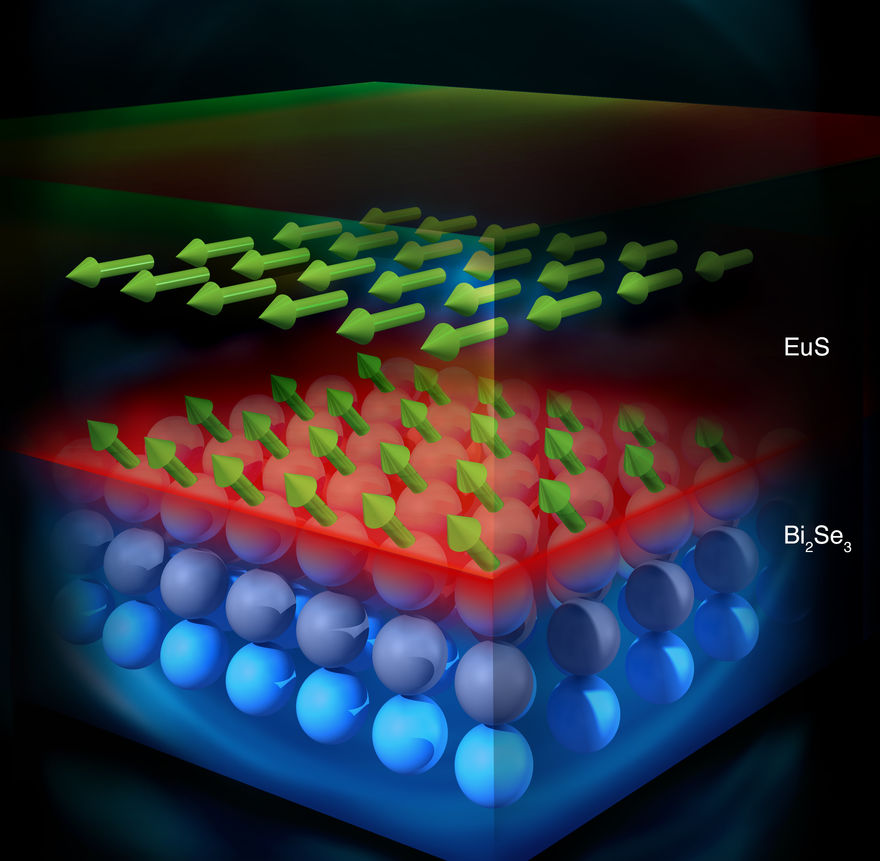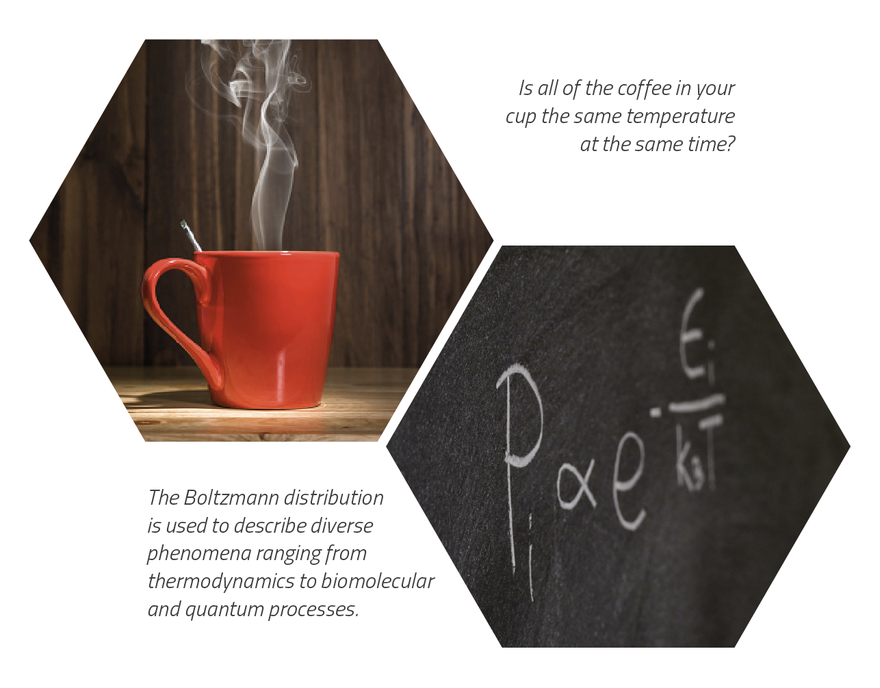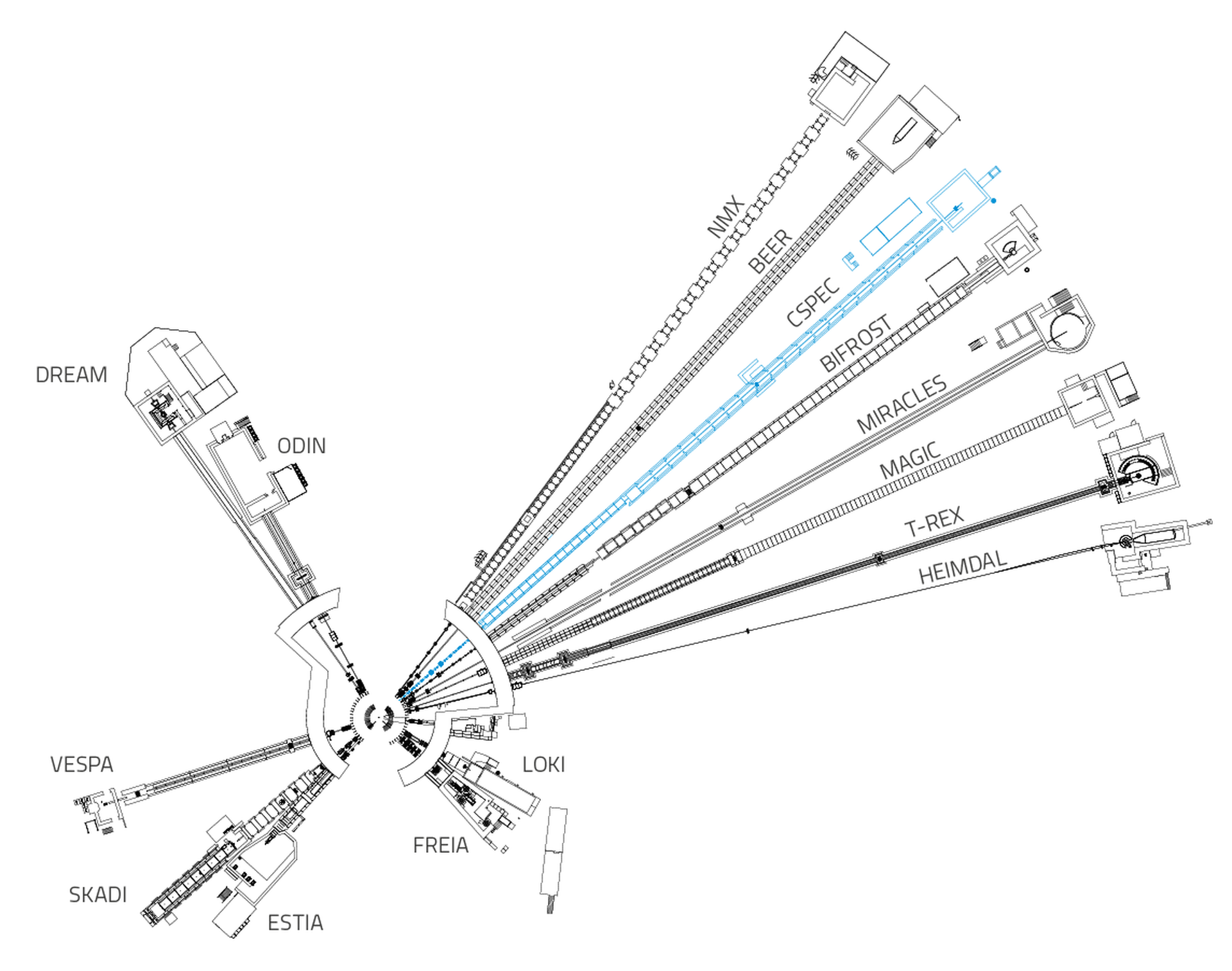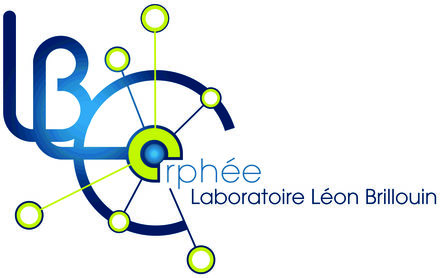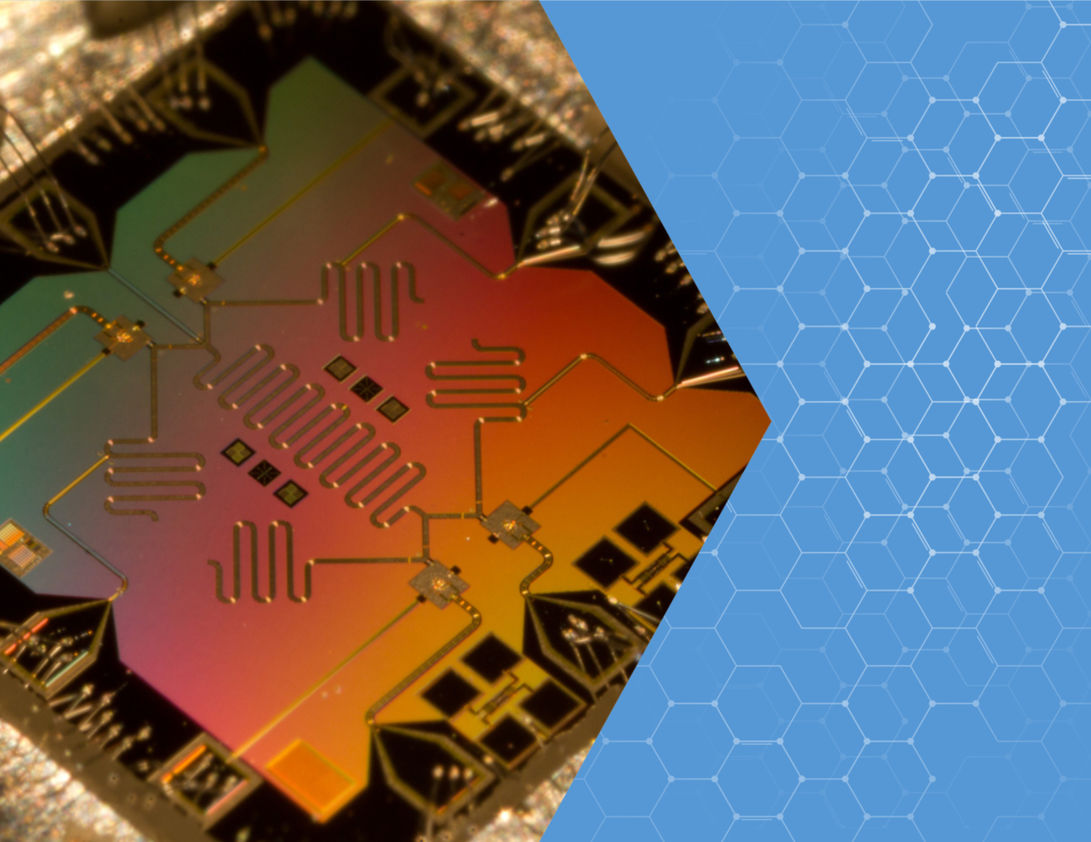
Putting a finger on the disorder essential to life
How can a better understanding of disorder move futuristic quantum technologies forward?
Research at the European Spallation Source will help physicists explore classical states of equilibrium and non-equilibrium to harness the potential of not-so-classical quantum phenomena.
In 1868, Ludwig Boltzmann, an Austrian physicist and philosopher, studied gasses in equilibrium and defined a formula to establish the probability of observing a gaseous system in a particular arrangement at a particular time. The formula is exceptional in its simplicity, a direct exponential relationship based only on temperature and energy that relies solely on the basic laws of statistical probability.
The Boltzmann equation has been successfully used as the basis to describe many material properties ranging from viscosity, thermal conductivity and electrical conductivity, and has even been applied to describe the movement of the stock market. Physicists, chemists and biologists have subsequently been focused on equilibrium states of matter to describe the world, and have done so with considerable success.
However, we inhabit a world in which everything is continually out of equilibrium, on its way from one state to another. This is true for the simple thermodynamics of liquid systems, like a cooling cup of coffee, as well as for something far more complex—the biomolecular processes of life itself.
The life-giving process of biological self-assembly, or emergence as physicists tend to call it, results from complex behaviour that cannot be determined by studying the isolated constituents of the process. It is at this point that scientists must turn to the statistical probability at the heart of Boltzmann’s equation. And on this basis, there is a growing consensus that driving matter from equilibrium to a non-equilibrium state gives rise to the specialised functions carried out by human cells. Can the marvellous successes of biological self-assembly show us the way to novel functional materials?
Defining the physics of a material’s non-equilibrium emergent states is of the utmost importance to many scientific fields. The ability to record precise spatial and temporal fluctuations provides scientists the opportunity to observe new material behaviours during, for example, chemical reactions, cellular processes and magnetic interactions. These researchers are beginning to see some very unusual things.
Recent examples of non-equilibrium emergent states are in complete contradiction to what we know and how we currently observe the universe. The ability to capture or intervene in these dynamic states is expected to lead to sophisticated technological advances that will fundamentally change the world we live in. Onesuch example is the excitement brewing around topological insulators.
Topological insulators are a class of materials that enable the flow of electrons across their surface without shedding heat. The use of such materials in information technology hardware, for example, would significantly reduce the high heat production of computing, and correspondingly reduce the global energy footprint.
Topological insulators also exploit less familiar properties of electrons, such as their spin, to make computer calculations in entirely new ways. Nudging these materials out of equilibrium is possible via the application of a burst of an electric or a magnetic field. But how would such a burst affect the electrons themselves? We do not know, and the answer is critical to breaking new ground in both conventional and quantum computing.
What will we see at ESS?
Understanding emergent states that are out of equilibrium is a major challenge both for these future technologies and for the study of living matter. Such phenomena are literally everywhere, and moving the field forward is chiefly a matter of building the tools to observe them. Current studies are limited by available neutron flux at existing facilities.
Working together with the high neutron brilliance of ESS, the spectrometer CSPEC will provide the most detailed picture to date of the structural and electromagnetic properties of materials.
CSPEC will enable the exploration of emergent structures by measuring the atomic and magnetic behaviour present in a material at the angstrom scale - one ten-millionth of a millimetre - in conjunction with picosecond dynamics - one ten-trillionth of a second. By plotting these incredibly precise points in space and time, scientists can access unusual crystallographic and magnetic structures and their movements. The spectrometer is optimised to study materials as diverse as proteins and magnetic vortices, opening up the physics of emergence to application across the spectrum of fundamental science.
Beyond quantum materials
CSPEC will outperform all other spectrometers of its kind, and as such will deliver results for both an academic and industrial user base. Experiments on CSPEC are expected to impact new energy technologies, spintronics, quantum sensors and computing, and biological materials. The instrument is also designed to study systems fundamental to the development of consumer products including polymers, cosmetics and food, and to determine the functionality of hydrogenous materials critical to the development of hydrogen fuel cell technologies.
CSPEC
CSPEC is a direct geometry time of flight spectrometer used in a wide variety of scientific applications, spanning the life sciences, functional materials and chemistry. Its key capability is to follow kinetic events in situ or in operando, enabled by very high flux.
Fifteen instruments are currently under construction at ESS.
The in-kind partner institutions collaborating with ESS to design and build CSPEC are:
This feature is part of an ongoing Future Science series; a set of stories highlighting some of the research opportunities that will be made possible by instruments currently under construction at ESS.

























